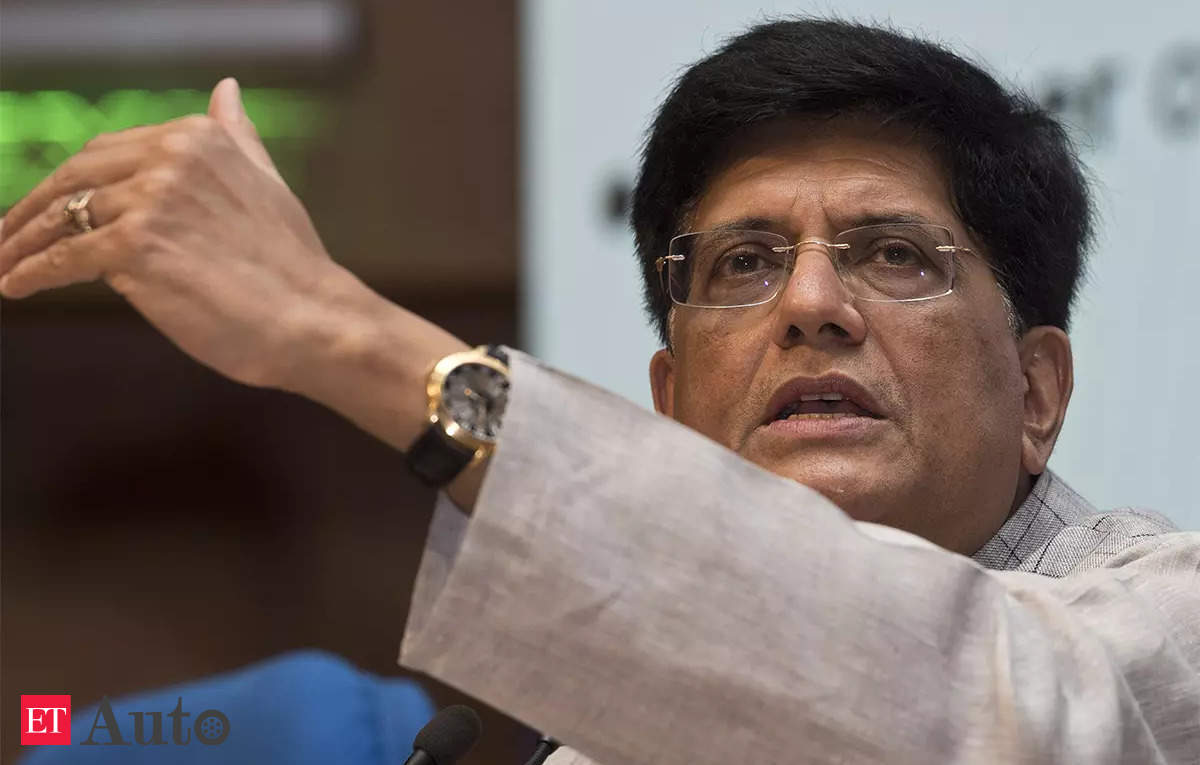Cleaner energy technologies like electric cars and solar panels are spreading so rapidly that the global use of oil, coal and natural gas could peak this decade, but countries will still need to pursue more aggressive measures if they want to limit global warming to relatively safe levels, the world’s leading energy agency said Tuesday.
In a new report, the International Energy Agency issued an updated road map of what it would take to slash the world’s energy-related greenhouse gas emissions to nearly zero by 2050. Doing so would probably prevent global temperatures from rising more than 1.5 degrees Celsius, or 2.7 degrees Fahrenheit, above preindustrial levels, a goal many world leaders have endorsed in order to lessen the risk of catastrophic climate disruptions.
The agency laid out its first version of the road map in 2021 and said at the time that immediate action was needed to hit that target. Since then, progress has been uneven. On the one hand, global investment in low-emissions energy has increased roughly 40 percent, reaching $1.8 trillion this year. And the rapid expansion of solar power and electric vehicles has largely been in line with what that earlier report recommended, particularly in places like China, the United States and Europe.
But the world can’t solve climate change with solar power and batteries alone, the new report warns. Countries will also need to clean up factories that make steel and cement, upgrade electricity grids to accommodate vast new amounts of renewable energy and make greater use of technologies like nuclear power or clean hydrogen fuels.
On many measures, countries are still moving too slowly.
While it is still technically possible to hold global warming to 1.5 degrees Celsius, the report said, the window has “narrowed.” And geopolitical conflicts, such as Russia’s invasion of Ukraine and tensions between China and the United States, could make the task tougher.
“We have the tools to hit those net-zero emissions targets,” said Fatih Birol, executive director of the International Energy Agency. “But the biggest worry for me is the growing political fragmentation between countries. There is no route to net zero without fair and effective international cooperation.”
To reach net-zero emissions, nations would have to reduce most of the carbon dioxide emitted from power plants, factories and vehicles. Any emissions that can’t be fully erased would have to be offset, for instance, by forests or by technologies to pull carbon dioxide directly out of the atmosphere.
Most countries have set net-zero targets: The United States and European Union are aiming for 2050, China for 2060 and India for 2070. But to limit warming to 1.5 degrees Celsius, the report says, governments would need to move those deadlines up, with wealthy countries achieving net zero before midcentury.
Meeting those targets would require vast transformations. This year, all countries would have to stop approving new coal plants beyond those currently under construction. By 2025, governments would largely phase out the sale of new oil and gas furnaces to heat buildings, shifting to cleaner electric heat pumps. By 2030, electric cars would make up 65 percent of new sales globally and the amount of wind, solar and other renewable energy installed around the world would triple from levels today.
Nations would also need to start cutting emissions from heavy industry. “We don’t see as much happening there right now,” Mr. Birol said. “Producing one ton of steel still creates about the same emissions as it did 20 years ago.”
The report recommends investment in technologies like clean hydrogen, which can be made from electricity and used in steel plants, and carbon capture, which traps emissions from smokestacks and buries it underground. Yet this year’s report leans less heavily on carbon capture than the previous one, noting that the technology has underperformed to date.
If countries put all these measures in place, global fossil fuel demand could decline 20 percent by 2030. In that situation, governments would not need to approve any major new oil or gas fields, and those that do get developed might struggle to find customers.
The agency’s prediction that global oil demand could peak this decade has faced some criticism. In a recent statement, the oil cartel OPEC warned that such forecasts were highly uncertain and could lead countries to underinvest in oil and gas projects. If demand for fossil fuels does not fall as expected, the cartel said, the lack of supply could lead to “energy chaos.”
Mr. Birol said that the report was not calling for a halt to all further oil and gas investment. Even in a net-zero scenario, countries would still use oil and gas for years to come, and many existing fields are currently in decline. That means some investment would still be needed to get more oil and gas out of existing fields, so that supply does not fall faster than demand, creating painful price spikes.
“The key to cutting emissions is to focus on reducing fossil fuel use,” Mr. Birol said. “But we also have to carefully manage investments in supply so that the transition is smooth.”











